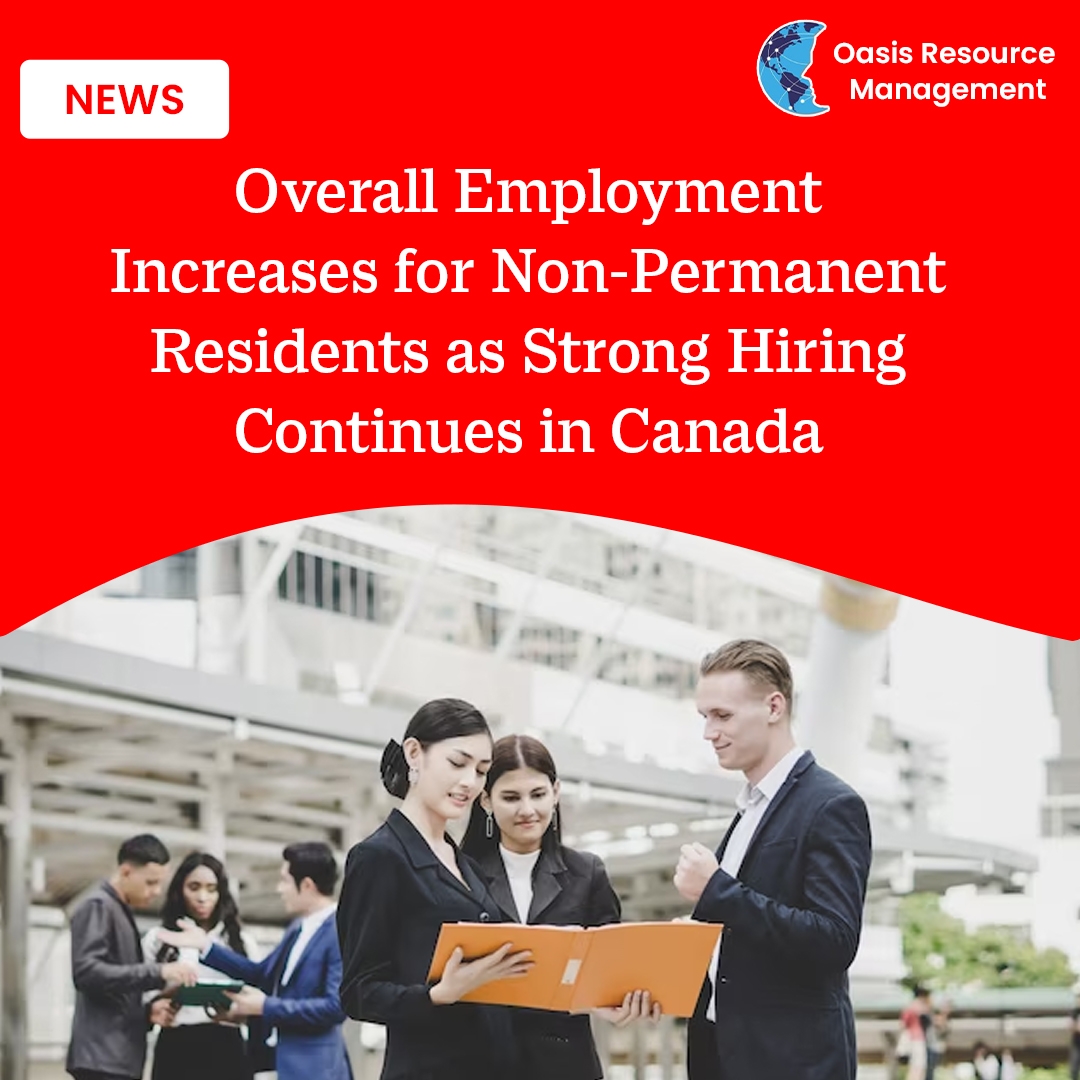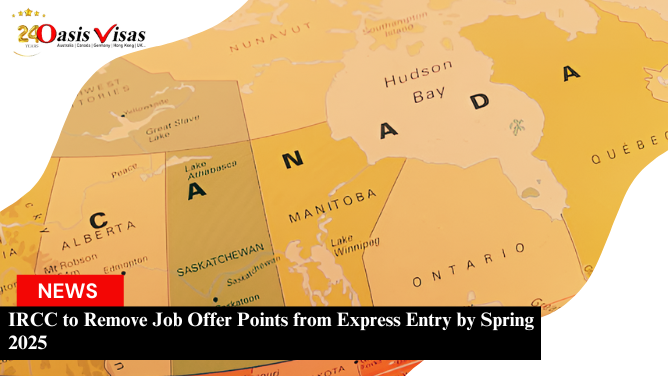
As 150,000 jobs across Canada were filled in the first month of 2023, a considerable increase in overall employment was seen in January.
Seeing significant increases in labour force engagement, Non-permanent residents (NPRs) are yielding big increases in employment as there is a strong surge in hiring for many groups, primarily people of core working age, i.e., 25-54. NPRs are those holding either a Study or Work permit.
The national unemployment rate did not change much from December 2022, it is held at a historically low 5%. An average unemployment rate of 5.96% is held by immigrants in Canada at the end of 2022, reflecting the wealth of job opportunities in Canada.
79,000 positions were filled by Non-permanent residents in January. As of November 2023, International students holding a valid study permit can now work an unlimited number of hours during school semesters until December 31st, 2023 – likely a contributor to this increment. NPRs are making up the biggest proportion ever of Canada’s population and now they have record participation in the Canadian labour force.
Which Industries NPRs were Hired in?
Multiple areas reflected the increment in NPR employment. The greatest increases were seen by the industries which are mentioned below:
- Accommodation and Food Services (+8,848 people hired)
- Health Care and Social Assistance (+7,742 people hired)
- Retail Trade (+9,717 people hired)
- Scientific, Professional, and Technical Services (+10,349 people hired)
Overall 3.4% of total employment is made by this group, underlying their importance to the Canadian Labour Market. The job vacancy report in November showed a gradual decrease in overall vacancies. Excluding retail trade, three of the above-mentioned industries continue to have an elevated number of open positions and a persistent need for workers.
Industries with Strong Hiring Gains in January and Availability of Jobs in these Industries
Strong hiring gains in the first month of 2023 are mentioned in this table:
| Industry | Jobs Filled | Recent Vacancies in which hiring is going on |
| Construction | 16,000 | 79,025 |
| Educational Services | 18,000 | 20,280 |
| HealthCare and Social Assistance | 40,000 | 131,775 |
| Wholesale and Retail Trade | 59,000 | 128,960 |
| Other Services | 16,000 | 34,985 |
Employment is decreased by 17,000 positions in transportation and warehousing additionally, currently hiring for 46,635 vacancies. Now Canada held the national average wage of $ 33.01 CAD/hour. Average purchasing power has taken a hit in Canada as wage growth remains slower than the increasing inflationary pressures seen with the Bank of Canada’s rising interest rates at the start of February.
Note that all the figures for vacancies are taken from the job vacancy report of November 2022 and adjusted for seasonality.
Continuous and pressing vacancies are reported by many of the above-mentioned industries. For example, construction is one of the few industries that saw an increase in vacancies in November. As Canada seeks to fill the persistent labour shortages, the lack of healthcare workers continued to be a concern for the country, that have plagued this industry since the start of the COVID-19 pandemic.
The government has made some policy changes that reflect the gravity of this situation. Nearly 100% of growth is accounted by immigration; Canada has made the immigration for temporary foreign healthcare workers easier – these measures were extended to workers in caregiver pilot programs as well. In a bid to maximize the workforce at home, immigration options were extended in Canada in parallel for out-of-status construction workers.
The List of Provinces Which Saw the Greatest Increases in Hiring
In January, the provinces that experienced the greatest increases in hiring are mentioned below:
- Quebec (+47,000 positions filled)
- Ontario (+63,000 positions filled)
- Alberta (+21,000 positions filled)
- Nova Scotia (+9,400 positions filled)
- Saskatchewan (4,500 positions filled)
As employment decreased by 2,300 job positions, Newfoundland and Labrador has seen an increase in job vacancies. Today Provincial Nominee Programs (PNPs) is the main pathway of economic immigration to Canada through which specific labour shortages are addressed by provinces.









